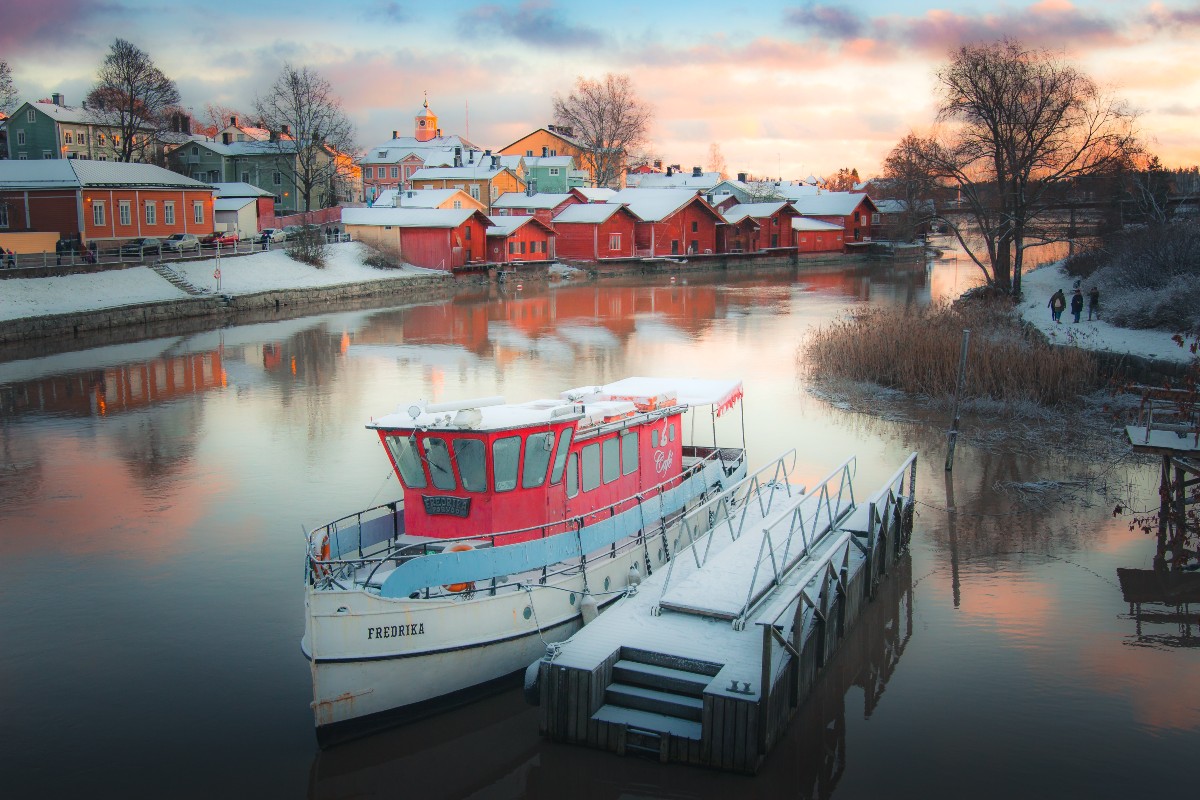If a genie offered you only one wish rather than the usual three would you choose money or happiness?
Depending on your choice, it may be time to move out of the U.S. New research from William Russell, an insurance company, reveals that the United States tops the list of highest-paying countries. Americans take home an average salary of $74,738, thumping second-place Denmark, where people make an average of $62,054. The Netherlands ($61,734), Belgium ($59,601), and Austria ($58,139) rounded out the top five.

However, European countries tend to have better work-life balance perks. These benefits, such as paid leave, international health insurance, and tons of public holidays, may boost happiness and satisfaction with work. Perhaps that’s why they consistently rank among the happiest countries in the world. In fact, Denmark, which finished second to Finland in the World Happiness 2022 Report, topped William Russell’s list for work and employment with a score of 7.54 out of 10.
“Denmark combines average high salaries with low working hours, well-protected workers’ rights, and a minimum of 25 days of annual leave,” the William Russell report found.
Finland, first in the World Happiness Report, was second in William Russell’s with a score of 7.46.
“Finland also performs well across most factors, with a particularly high score on the Labour Rights Index, indicating that Finland really is a country that cares about the average worker,” the report said.
The Labour Rights Index is a compilation and comparison of legal data from 115 countries that William Russell believes gives a good picture of legal protections given to workers worldwide.
Norway, which came in eighth on the list of the happiest countries in the world, was third in the William Russell report with a 6.99 work and employment score.
“While Norway performs relatively well across our metrics, slightly lower scores on the Labour Rights Index, minimum wage, and public holidays prevent the country from placing higher,” the report said.
If you aced geography in high school, you might be noticing a pattern — all three countries are Nordic. William Russell noticed it, too. In the report, the authors said that the results indicate that the region’s culture around employment and work-life balance lends support to workers.
What does that mean for you? Should you move to one of the happiest countries in the world? That may not be in the cards for you (or perhaps it is). If it’s not, you can look for other ways to strike a work-life balance while remaining in the U.S.
For example, research shows that a four-day workweek is beneficial to employees and employers. You may be able to negotiate one at your next review. That said, you’ll want to be aware of some pitfalls and weigh the benefits and drawbacks before discussing the arrangement with your boss.



